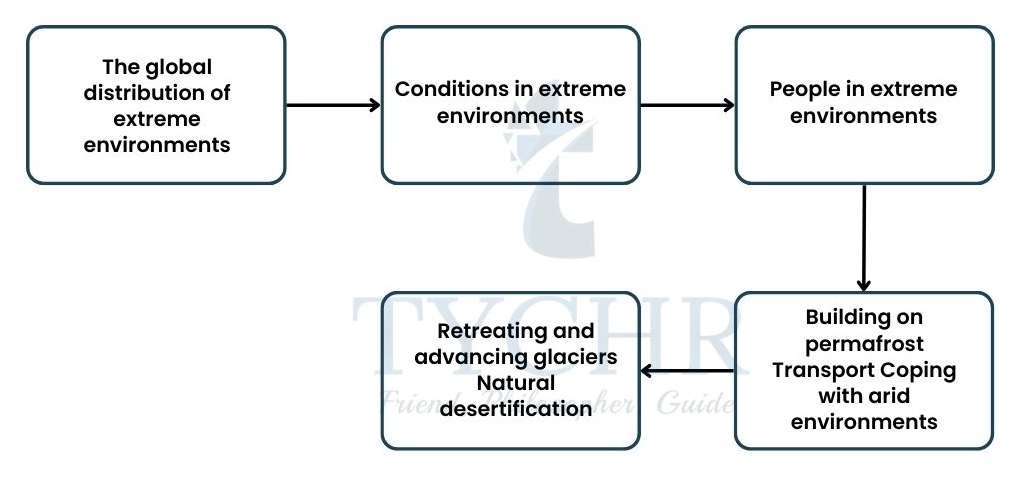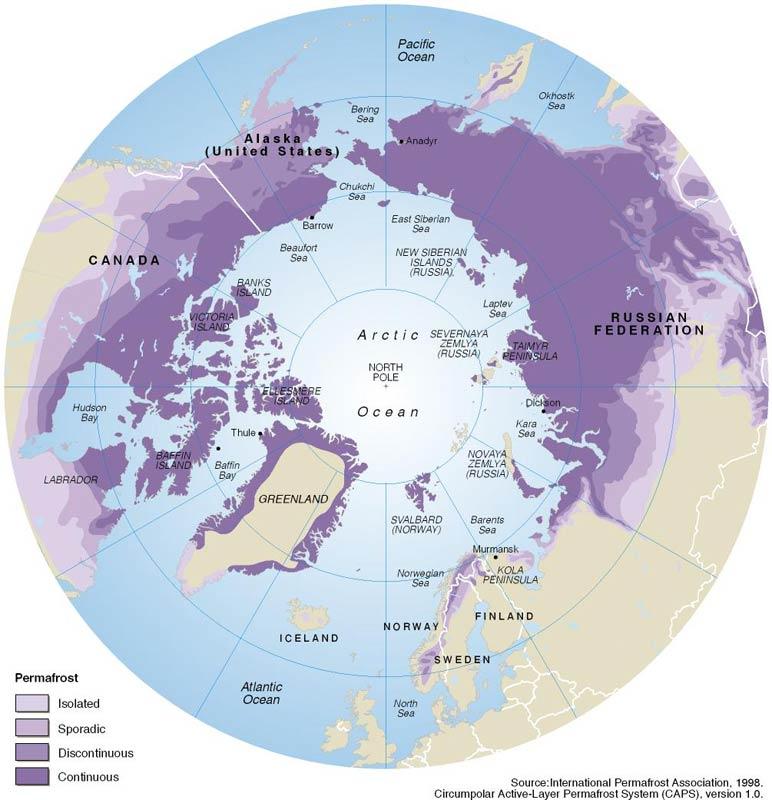extreme Environment Notes
THE CHARACTERISTICS OF EXTREME ENVIRONMENTS
Approaching the topic:
- Topics covered in the chapter:
- Defining concepts
- Differentiating certain concepts
1.1. The global distribution of extreme environments
1.2. Conditions in extreme environments
Cold And High-Altitude Environments | Desert And Semi-Arid Environments |
| These kind of environments are generally found along constructive plate margins, where fold mountains form, or polar regions. | Hot, arid environments are found in the tropics. These areas receive direct sunlight in summer and winter. |
| Mountainous regions have a high elevation, where atmospheric pressure is lower which causes lower temperatures. | Hot, arid climates can also be found in rain shadows, mountainous regions with arid areas behind them. |
The temperature in a cold environment decreases 10°C with an increase of per 1000m.
1.3. People in extreme environments:
High altitude/cold climate have low density of population for example Iceland, northern Canada, have the density of 3 person per sq. km reasons are that they are remote and isolated areas, in the same way areas having high temperature/desert/arid have less availability of transport and products are imported and thus expensive. These areas are considered to be outside the ‘comfort zone’.
1.3.1. Coping with periglacial environments: Periglacial environments are subject to intense cycles of freezing and this belt is found in the northern hemisphere. To cope with cold conditions, they have evolved a layer of fat that protects them from the cold and they move north into the Tundra during the brief months of summer.
1.3.2. Building on permafrost: Permafrost is Ground that has frozen for at least two years in a row is called permafrost. As the active layer gets deeper at higher temperatures, permafrost loses ice.
- Water supplies: liquid water is not available so the people have to melt the snow or ice to obtain water. The pipes of the water supply are protected so that the water doesn’t freeze.
- Transport: During the heavy frost heave the transport infrastructure gets damaged thus it needs constant repair to keep it safe for use.
1.3.3. Coping with arid environments:
- Relief: The relief in an arid climate can be rugged slopes and flat slopes. The steep slopes create difficulty in transportation while the plains and plateaus make the transportation easy in that kind of environment.
- Rainfall: In deserts or arid areas the rainfall is unreliable and its amount is very low. The climate is very dry with under 250 mm of precipitation a year. Flash flood occurs in the desert areas and results in erosion and deterioration in economic activities.
- Climate and human discomfort: The climate is very hot. Summer day time temperatures can exceed 40°C. However, at night the temperature can drop below 0°C. Humans can face heat cramps, heat exhaustion, and heat stroke. The desert inhabitants tend to migrate frequently. They travel during early mornings or late afternoons wearing long and loose fitted garments to avoid heat.Inaccessibility: Areas with extreme heat or cold are inaccessible. Due to the unavailability of a permanent source of water and lack of proper transport system, hot areas become difficult to inhabit.
- Remoteness: Deserts are always situated at remote areas due to the huge amount of the area covered by it.
1.4 The changing distribution of extreme environments:
The Sahara is the biggest hot desert on The planet. It covers an area of 9,200,000 square kilometres. It is located in North Africa and crosses many countries including Egypt and Sudan.
1.4.1. The advance and retreat of glaciers: Glaciers periodically retreat or advance, depending on the amount of snow accumulation or evaporation or melt that occurs. When a glacier’s terminus no longer extends as far down the valley as it once did, it is considered to be retreating. Many glaciers around the world have been retreating recently as a result of warmer temperatures and less snowfall.
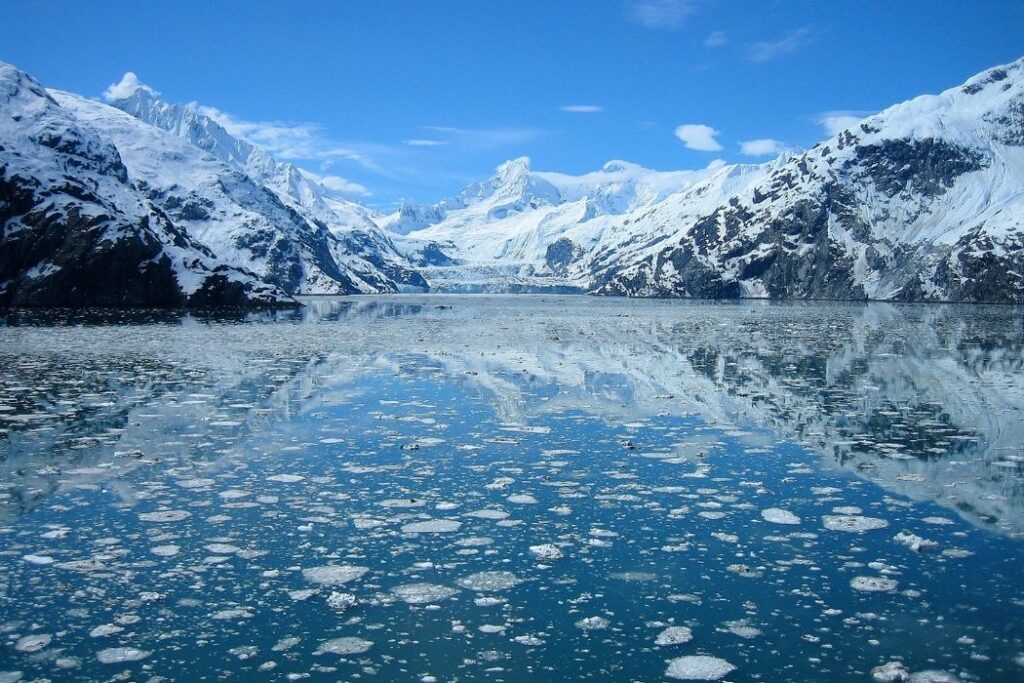
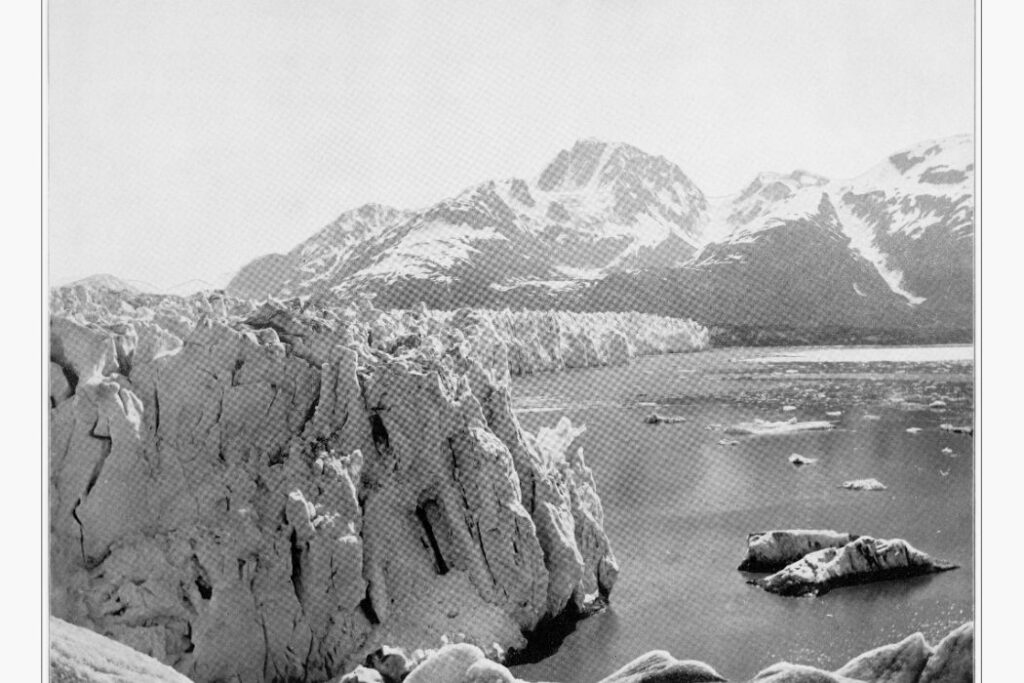
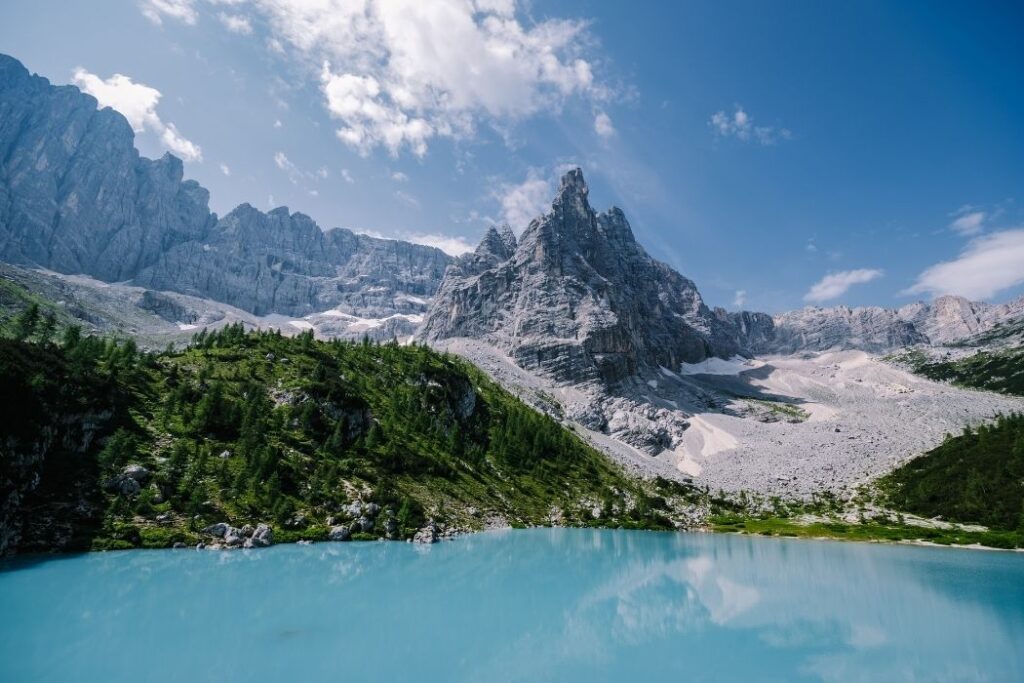
1.4.2. Natural desertification: It is the course of land transforming into desert as the nature of the dirt decays over the long run. The following are the main causes of desertification:
- Population growth
- Removal of wood
- Overgrazing
- Soil erosion
- Climate change



